Fantastic Flora
A Pollinator’s Paradise: Meet the Milkweeds
Common Milkweed, Asclepias syriaca; Swamp Milkweed, Asclepias incarnata (Family Apocynaceae)
- SALLY L. WHITE
Monarch butterflies represent only one of milkweed’s many stories. Large and spectacular, they attract publicity, and concerns for their conservation have made them familiar to most of us. Milkweeds have a fascination all their own, for us and for the many insect species that appreciate them.
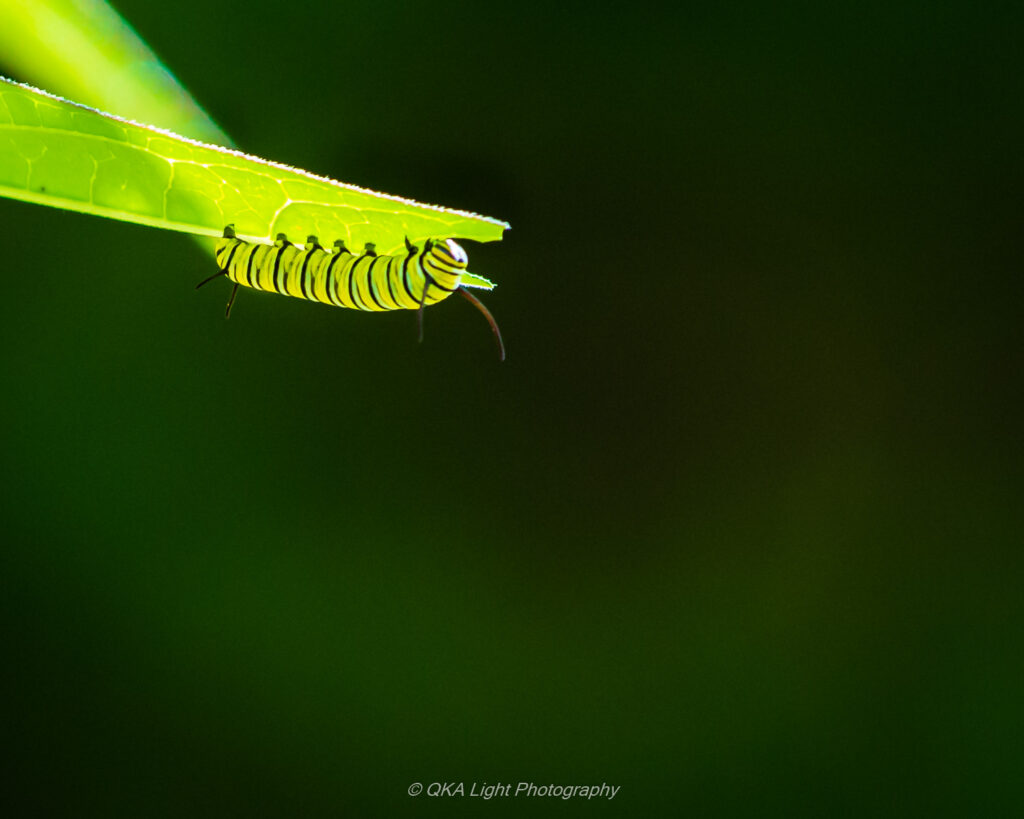
Milkweeds were once regarded as a distinct family, but DNA technology revealed that they are actually cousins of Dogbane. It’s as if your parents kicked you out and you were adopted by a distant cousin who turned out to be your aunt. You’re still related, but some of the family resemblance is lost. A “bane” can be a simple annoyance, as we use it now, or, in the old days when plants were being named (in English), “bane” meant a poison (scourge, ruin, destruction, plague), something causing death. Best to avoid plants with “bane” in their names.
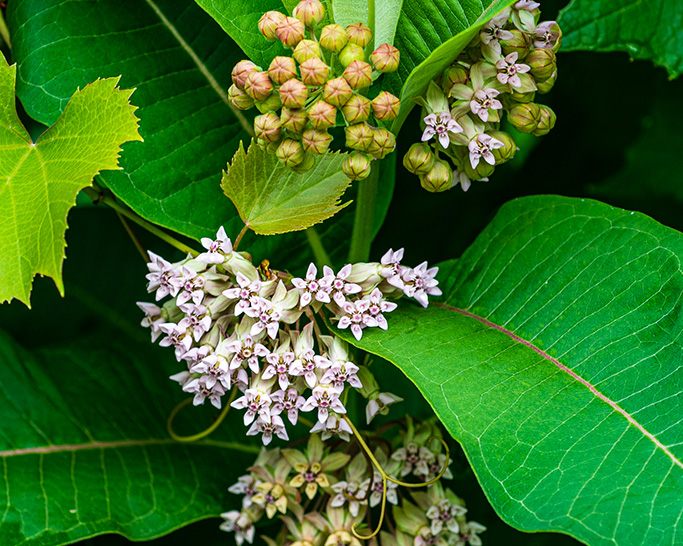
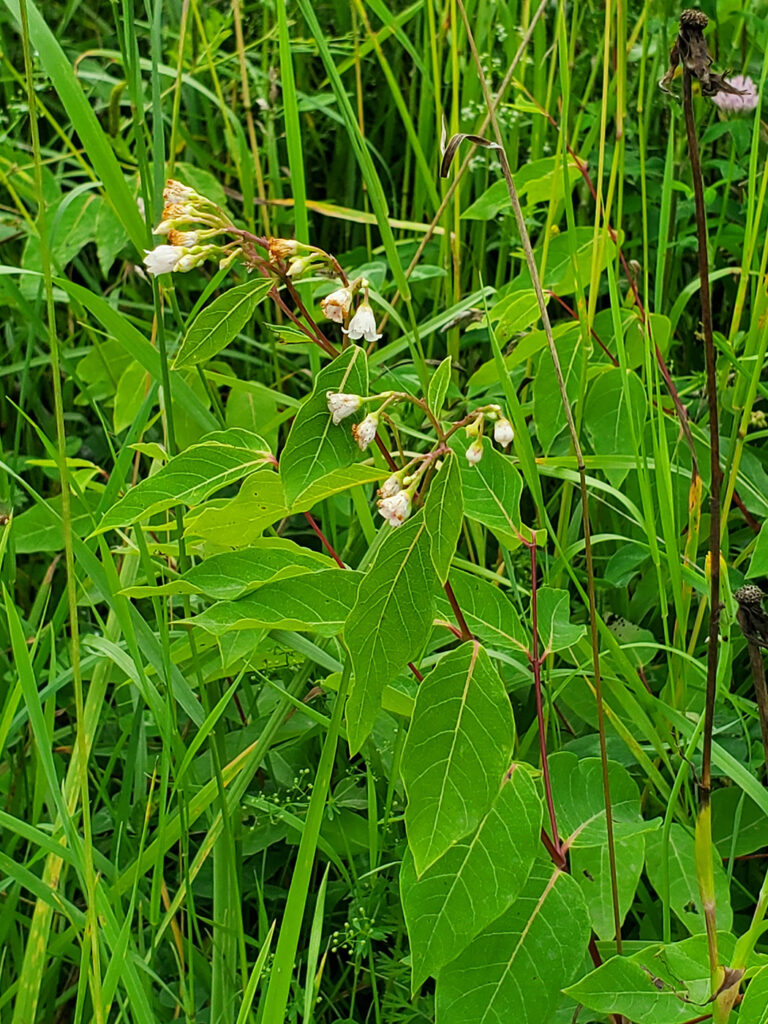
Here in New York, we have eleven species of milkweeds (genus Asclepias), plus a few subspecies and hybrids. All of them are native. Most are very attractive to insect pollinators. Milkweeds are easy to recognize, with robust stems, thick paired leaves, and milky sap all contributing to their character, their gestalt, so to speak. Their flowers are so strange they’re unmistakable, as are the pods. The dogbanes proper (genus Apocynum) have only two species here that are, to my eye, a bit more delicate than our milkweeds; their pods are long, narrow, and come in pairs. They too have milky sap.
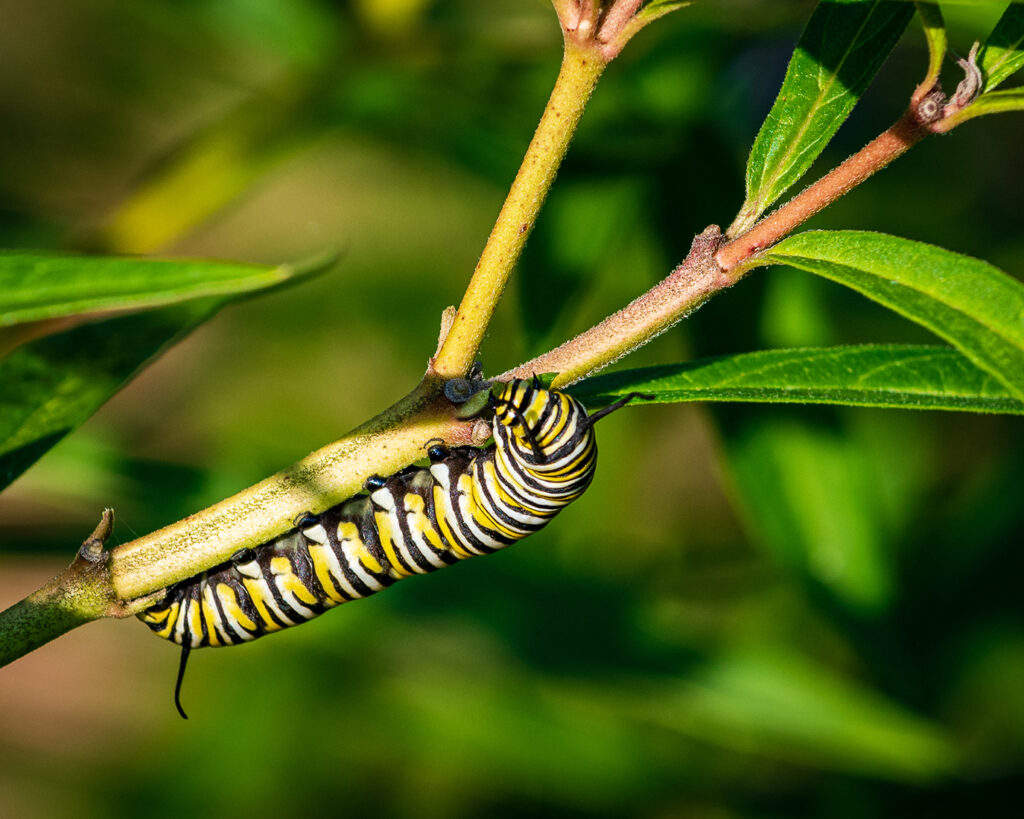
Common Milkweed (Asclepias syriaca) is the one we’re most likely to see. Because it tolerates drought, it pops up in available spots around homes, in gardens, and along roadsides. Once established, underground rhizomes help it spread into a colony of identical plants, or clones.
More spectacular, but preferring wetter habitats, is the Swamp Milkweed (Asclepias incarnata), a tall striking plant with narrow leaves and bright pink flowers. It’s likely to be found around ponds or streams. I planted just four of them in 2018, and thanks to their profusion of seeds, I have shared them with several friends and still need to find homes for dozens before they get much bigger!
Like all plants, milkweeds produce chemicals for their own use and some specifically to deter predators. The milky sap, or latex, that gives milkweeds their name is loaded with cardiac glycosides, compounds that affect heart function, making them toxic to most species of birds and mammals. Monarch butterflies are just one of a dozen or so insects that have adapted to not only tolerate but actively use this toxin in their own defense. Specialist bugs, beetles, moths, and flies rely solely on various kinds of milkweed and feed on different parts of the plant. Dozens more are attracted to the profuse nectar milkweeds produce and may or may not provide pollination services in the process.
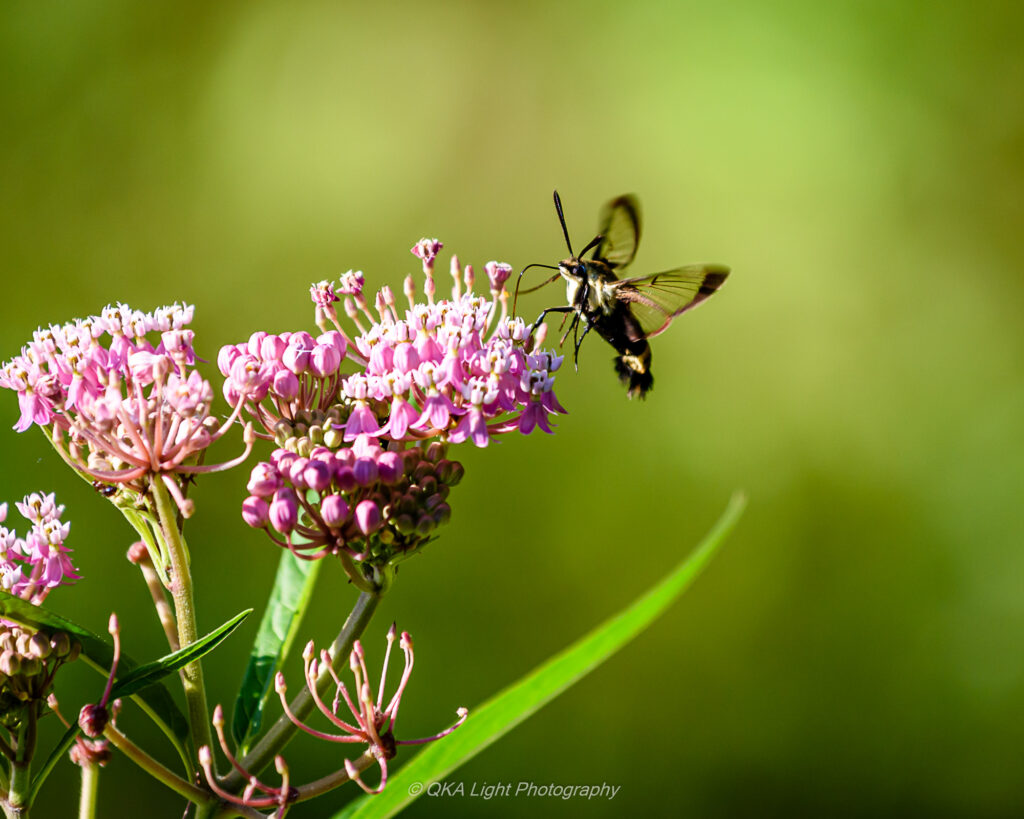
When we started photographing insects on our swamp milkweed plants, we quickly learned a lot and accumulated a substantial collection. Honeybees of course, mining bees, bumblebees, paper wasps, digger wasps, milkweed tussock moth caterpillars, ants, hummingbird moths, longhorned beetles, milkweed bugs, and a variety of unnamed flies showed up. Milkweeds are a smorgasbord for insects, an entire ecosystem in miniature!
Pollinating milkweed is complicated. The pollen is packed into sacs of sorts, called pollinia. Effective pollinators must be strong enough to pull these sacs out of the crevices they hide in, and somehow deposit them into different slits on different plants. For the smaller insects, this can be deadly. They may get a leg stuck in the slit and be fatally trapped. The intricate process also means success is rare. Despite the hundreds of small flowers on each plant, only a handful of mature pods develops. But so many pollen grains are packed into those sacs that each successful pod is effectively pollinated, packed with about two hundred seeds with feathery parachutes. This wind-borne abundance has enabled swamp milkweed to expand into all but four of the lower 48 states. In the West, our “common” milkweed is replaced by a similar species, showy milkweed (Asclepias speciosa), but the two species overlap mid-continent for full coverage.
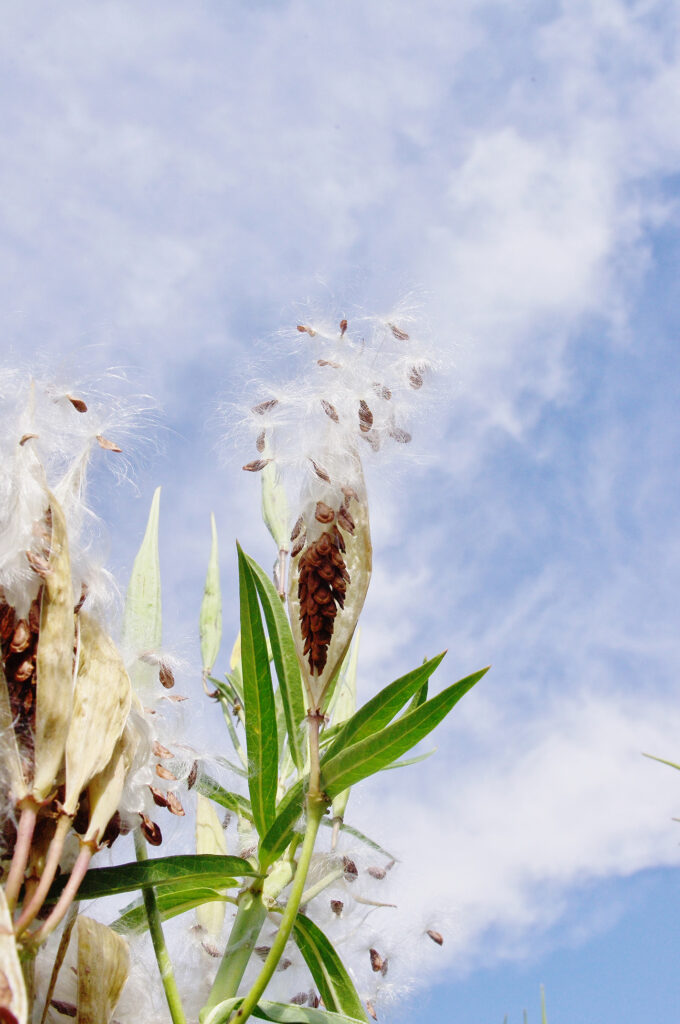
Milkweeds reward our attention and are a huge asset in gardens as well as in the wild, especially the native species. I’ve been pleased to see improved tolerance for these so-called “weeds,” even along our roadsides. More and more, I spot milkweed in gardens where it’s either intentionally planted, tolerated, or encouraged. These graceful native plants will enrich your backyard wildlife habitat and provide fascinating entertainment all season long.